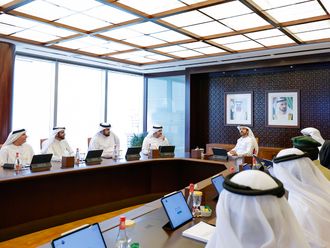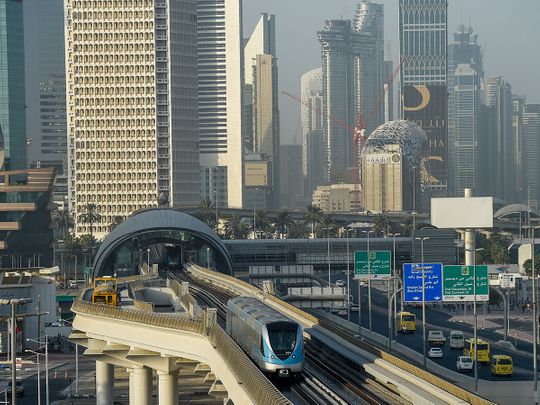
Dubai: ‘Time flies’ goes the old adage.
It’s quite true: Before I knew it, 10 years have gone by since the Dubai Metro first started running, on September 9, 2009.
I take pride in saying that I covered the Dubai Metro project for Gulf News from its ground-breaking in 2004 to its completion in 2009, and I keep an eagle eye out for all progress — even now.
I also take pride in the fact that I helped inform people through my regular column, ‘Ask Ashfaq’ in September 2009 — on how to use the metro and answered hundreds of queries from excited UAE residents who wanted to know about the mass-transit system, which was the first-of-its-kind in the region.

In the early 2000s, the roads often found themselves chocked thanks to the massive construction boom in Dubai.
Commuters used to spend hours travelling to their destination before things were simplified, thanks to the transit system, visualized by none other than His Highness Sheikh Mohammed Bin Rashid Al Maktoum, Vice President and Prime Minister of the UAE and Ruler of Dubai.
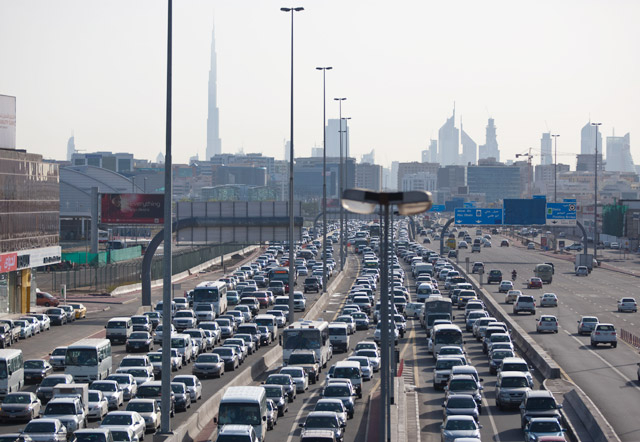
The announcement of the birth of the city’s arterial system was made in 2004 at the Dubai Municipality office and later, there came to be a dedicated government department that would undertake its handling.
This was the Roads and Transport Authority (RTA), which was founded on November 1, 2005. Since then, RTA has been developing and handling all road infrastructure and transport projects.
Before the Dubai Metro was launched, only 6 per cent of the people in Dubai used public transport — way below international standards.
Every third person in the emirate owned a private car back then.
Currently, more than 650,000 passengers use the Dubai Metro daily; it’s served more than 1.5 billion riders during these past 10 years.
The naysayers
It’s not like the project had no skeptics. I remember the buzz at the metro contract-signing ceremony at the Dubai Municipality office in July 2005.
I remember many laughed sarcastically at the thought of having a metro in this city which was heavily stocked with private cars and where people love the luxurious lifestyle, driving around in their SUVs.
People back then thought the metro would be used only by shoe-string budgeters, as the rich would not ditch their cars in the scorching heat.
But they were also proven wrong; the RTA made the metro so luxurious that all segments of society love to use it, whether to take a ride to the mall or to work. It is a must-do for tourists to Dubai as well thanks to its easy connectivity and affordable costs.
The heat is still a factor with highs in summer often climbing to 45-50 degrees. The RTA got rid of this little hiccup with an integrated transport system that provides feeder buses at every station to help passengers from nearby localities commute.
Ride of my life
I remember the opening ceremony of the Metro. It was the ride of my life as I was looking forward to it after covering hundreds of stories to update the readers about the project.
I was one of the few privileged journalists who were invited to the inaugural ceremony of the Dubai Metro and to ride the first train with Shaikh Mohammed along with top dignitaries, government officials and guests from around the world.
I was anxious and excited, and walked into the Mall of Emirates—the venue for the opening ceremony. It was the holy month of Ramadan and I was fasting.
At 8.50pm, we started walking towards the Mall of the Emirates Station.
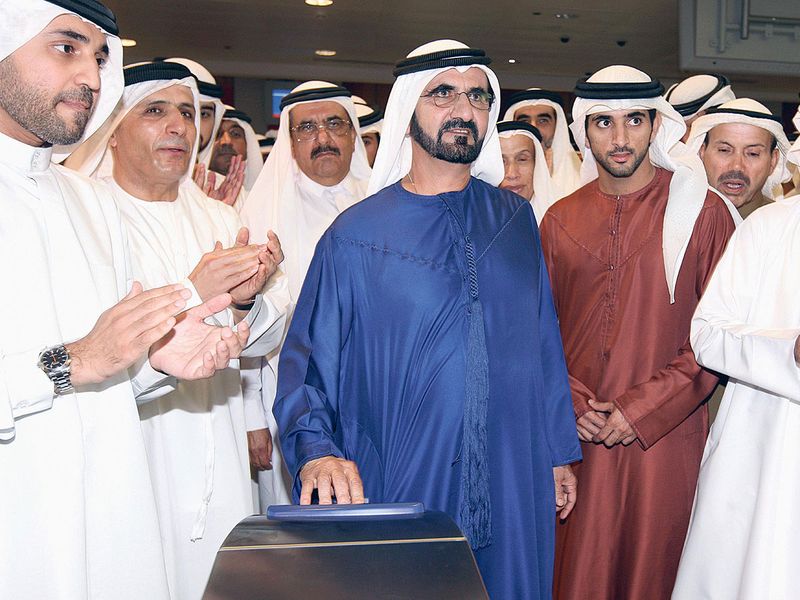
Sheikh Mohammed pressed the inaugural button at exactly 9pm, 9minutes and 9 seconds, on 9.9.9 (September 9, 2009) and entered Dubai into the history books for having the first metro in the Gulf region. Dubai had now joined the league of mega cities around the world.
Sheikh Mohammed used his Blue Nol Card, a personalised card with a picture on it, to get onto the platform and we all boarded the train to embark on an historic one-hour journey that ended at the Etisalat station in Al Qusais.
Unprecedented construction
I first saw trucks offloading construction material for the first site office in Union Square (earlier known as Al Ittehad Park) in Deira in October 2005. This was the beginning of the project.
Later the same year, Mattar Al Tayer, Director General and Chairman of the Board of Executive Directors of RTA, said at a press conference: “Be patient and bear with us as Dubai roads will be turned into a construction zone for a few years as we are going to start a massive infrastructure development project to transform the city.”
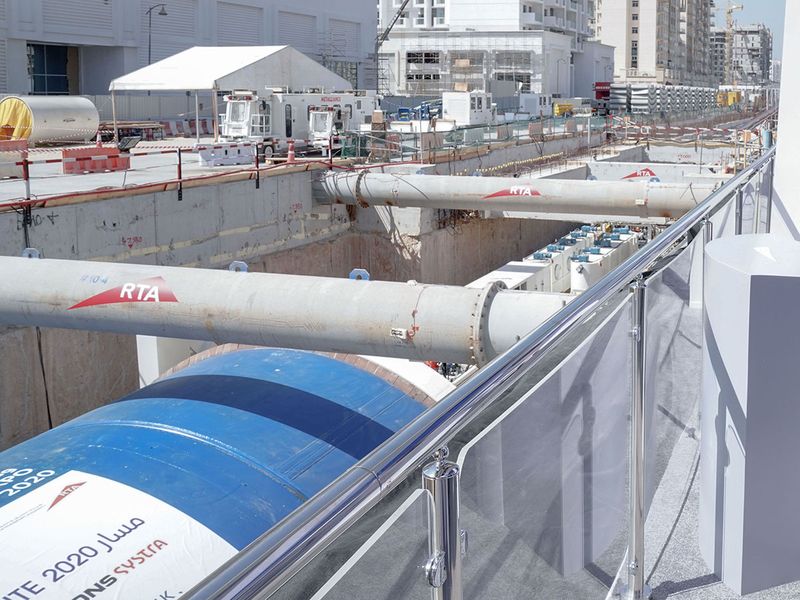
And it did happen but not without some disruption to traffic; motorists had to now add time to their travels for road diversions. But everyone was anxious to see the positive outcome of all that construction - and they were not disappointed.
I remember the official ceremony for the foundation stone laying by Shaikh Mohammad in 2006 at Madinat Jumeirah and after that work on the metro kicked off in earnest.
Walking through the Metro tunnels
One of the most exciting experiences for me was walking through the tunnels of Dubai metro that were under construction.
It was 2008 when I was taken on an ‘inspection tour’; we walked through the tunnels from the Burjuman underground station to Union Square Station, passing under the Dubai Creek and then through the tunnel reached Deira City Centre project.
It was completed in record time — four years — although its cost ballooned from the originally forecast Dh14 billion to Dh41 billion because of massive changes in station design to ensure a memorable experience for everyone.
I always remember the walk whenever I pass through the tunnel riding the metro.
I remember when the newspapers published front-page photos of the newly-arrived first batch of boogies from Japan. Then came the trial run in 2009 with residents anxiously waiting the launch.
Dubai Metro; the best in the world
I have used metros in many cities including New York, Montreal, London, Toronto, Moscow and Paris but without exaggeration, the Dubai Metro is the best of all in terms of service, quality, safety and cleanliness.
Metro madness and silly mistakes
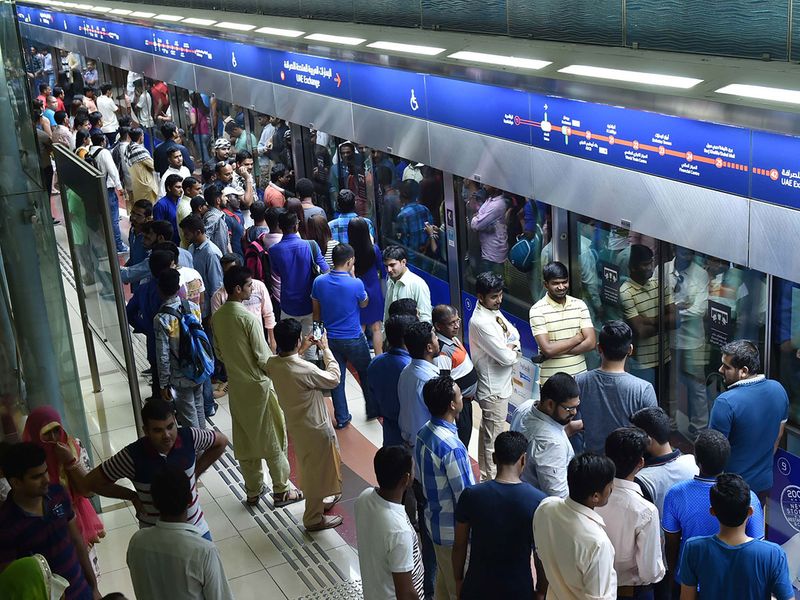
In its initial days, the rush to use the facility sporadically resulted in a choked system, mostly because it was a novel thing, people were still discovering how to use it.
Some would push the red buttons near the doors, for instance, thinking it would result in them opening.
[These are for emergency situations only.] Later, the RTA covered them with glass panels and added a warning label. Then there was the etiquette of entry and exit that needed to be taught. Passengers would block one another while getting on and off the trains instead of letting those departing exit and make space for the incomers. [Now there are signs on platform that people should enter from the side of the door and let the riders exit from the centre.]
It also took some time to educate people on how to use Nol cards; some tried to jump the bars to get in or get out of a platform instead of using the gate’s card readers.
Many passengers would eat and drink on metro as well, making it uncomfortable for others. To help with all these issues many awareness campaigns were launched.
Food and drink – and this includes gum – is not allowed on the trains.
Despite the initial glitches, the RTA played a commendable role in achieving the dream of having a modern metro system.
As predicted, in the ten years since it first got onto the tracks, it has changed commuting habits. And yet, somehow, in some ways it feels like the ride has only just begun.






